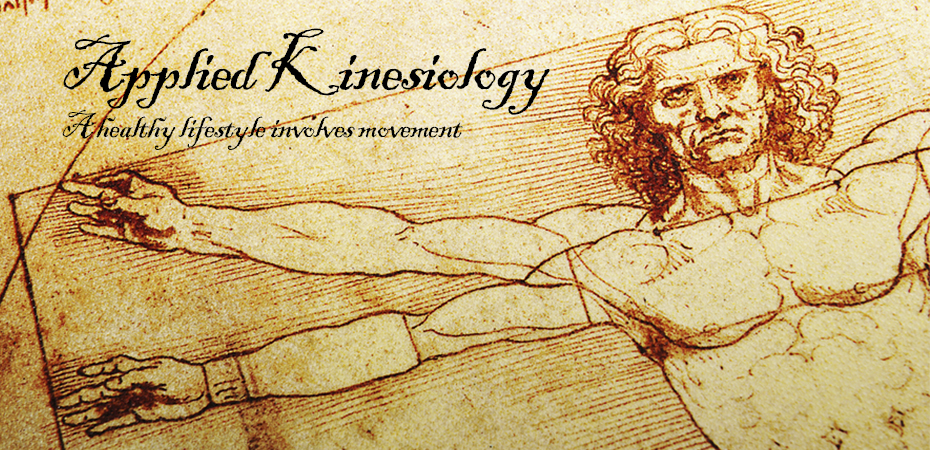The term Kinesiology is a word that means the study of movement and motion in the body. This is a topic that can be studied in major universities around the world. They learn bio-mechanics and physical mechanisms of body motion.
The term Applied Kinesiology (AK) is a different thing altogether. This term was created by the late Dr. George Goodheart an American chiropractor in the 1960’s. It is a term to describe a technique of using specific muscle testing as a neurologic evaluation of body function.
A doctor or professional can use this feedback system to aid in the diagnosis of functional imbalance as well as assist in the feedback of appropriate treatment of a body imbalance.
Since the origination of Applied Kinesiology more than 80 other methods of “kinesiology” have been created. In addition to this the use of general muscle testing has also expanded. The common denominator in all these methods is the simple case of testing a human muscle in order to gain some sort of feedback.
A.K. is an interdisciplinary approach to health care which draws together the core elements of the complementary therapies, creating a more unified approach to the diagnosis and treatment of functional illness. A.K. uses functional assessment measures such as posture and gait analysis, manual muscle testing as functional neurologic evaluation, range of motion, static palpation, and motion analysis.
These assessments are used in conjunction with standard methods of diagnosis, such as clinical history, physical examination findings, laboratory tests, and instrumentation to develop a clinical impression of the unique physiologic condition of each patient, including an impression of the patient’s functional physiologic status.
When appropriate, this clinical impression is used as a guide to the application of conservative physiologic therapeutics.
The practice of applied kinesiology requires that it be used in conjunction with other standard diagnostic methods by professionals trained in clinical diagnosis. As such, the use of applied kinesiology or its component assessment procedures is appropriate only to individuals licensed to perform those procedures.
The origin of contemporary applied kinesiology is traced to 1964 when George G. Goodheart Jr. DC first observed that in the absence of congenital or pathologic anomaly, postural distortion is often associated with muscles that fail to meet the demands of muscle tests designed to maximally isolate specific muscles.
He observed that tender nodules were frequently palpable within the origin and/or insertion of the tested muscle. Digital manipulation of these areas of apparent muscle dysfunction improved both postural balance and the outcome of manual muscle tests. Goodheart and others have since observed that many conservative treatment methods improve neuromuscular function as perceived by manual muscle testing.
These treatment methods have become the fundamental applied kinesiology approach to therapy. Included in the A.K. approach are specific joint manipulation or mobilization, various myofascial therapies, cranial techniques, meridian therapy, clinical nutrition, dietary management, and various reflex procedures.
With expanding investigation there has been continued amplification and modification of the treatment procedures. Although many treatment techniques incorporated into applied kinesiology were pre-existing, many new methods have been developed within the discipline itself.


